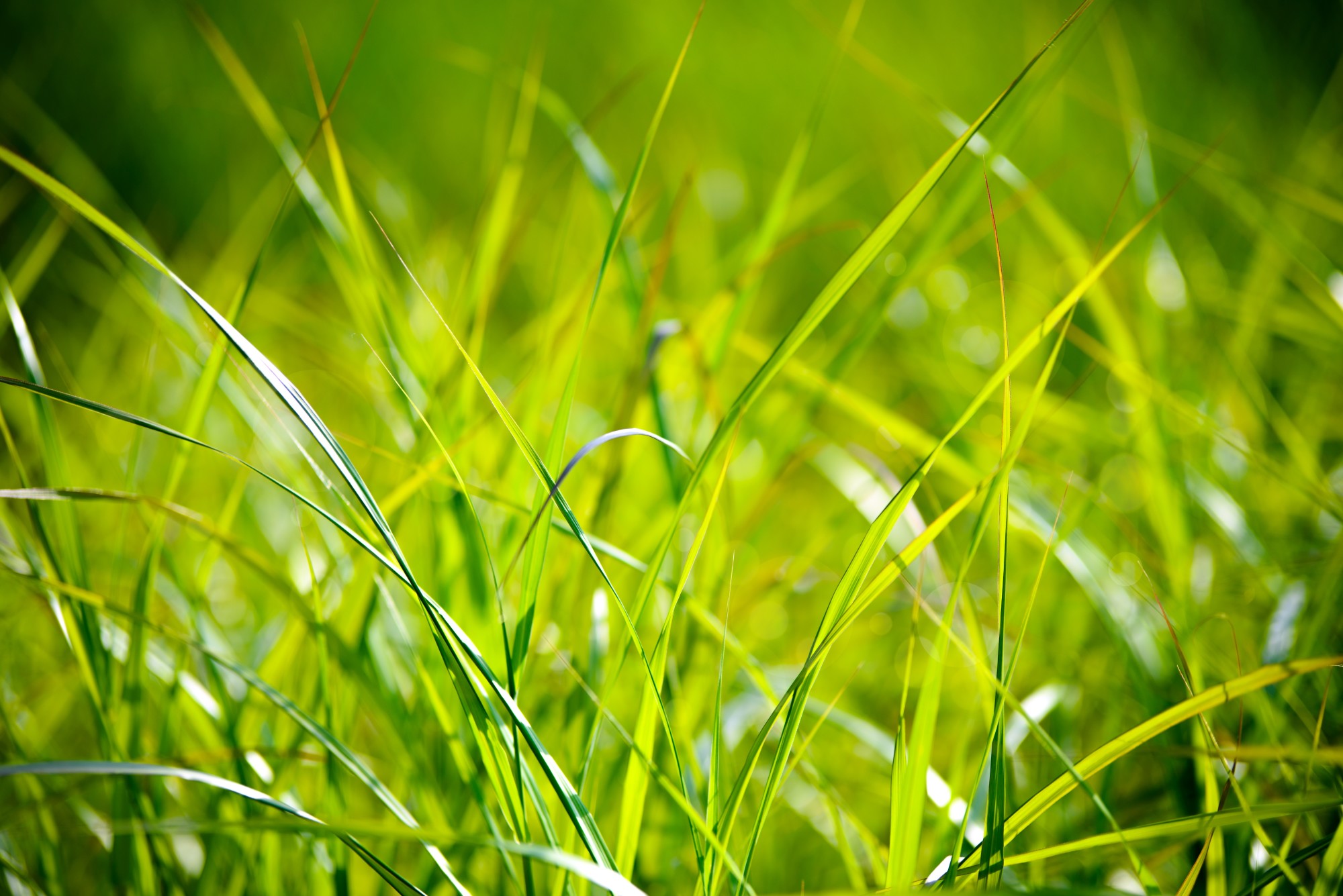Are you ready to give your yard a makeover? Perhaps, you see those houses around you with expansive green lawns and feeling some yard envy.
Did you know that a home’s value can increase between 5 and 12% with the right kind of landscaping? The exterior of your home matters.
So, if you’re ready to dig in and get your yard looking good, read on.
Learn how to plant a lawn and get the beautiful yard your home deserves.
Prep Your Space
Before you can actually grow the grass, you need the soil to be ready for growing. This where the prep work comes in.
Check the grade of your yard. Address any issues where water might pool up or not drain well.
Rake the yard to remove any roots or rocks that would get in the way of the new grass growing.
If there is already some grass growing, consider prepping that lawn too. Aerate the soil so it’s loosened up. Cut the grass short so the new seed can get to the soil.
Soil
Get the dirt on your dirt. Grass won’t grow in bad soil. Evaluate your soil. Do you need more sand for better drainage? Do you have too much sand and need compost or topsoil?
The time to address issues with the soil is before you start putting down the seed.
Seed
One type of grass seed is not anymore the same as all trees are the same. Grass seed is specialized for the climate it grows in and in many cases the type of soil that grows there.
There is cool weather seed and warm weather seed. Going back to the tree analogy, imagine cool weather seed as the white pine trees, whereas the warm weather seed is the palm tree.
The best time to plant cool weather seed is late summer to early fall. You can also plant this seed in early spring. It gives the seed time to germinate and establish roots before more severe weather, hot or cold. starts.
Warm weather seed grows best when planted in the late spring before the hot heat of the summer.
Depending on the condition of your soil, you may want to pre fertilize so your soil is grow-ready.
Seeding and Caring for It
You are ready to grow some grass. Follow these steps:
- Spread the seed on your lawn
- Make sure you read manufacturer’s instructions for seed rate
- Even coverage is important
Some specialists even suggest you put one half of the seed down going in one direction, then change directions to put down the other half.
Once the seed is down, again dependent on the type of seed, you may need to put a very light layer of peat moss or straw down.
This helps prevent the seed from blowing and allows it time to germinate.
Water, Water, Water
Your seed is not going to germinate and grow without some water to get it going. This step is critical to the success of your lawn care.
You want to water gently so you don’t wash the seed away or create puddles. The water should soak down several inches for optimal growth conditions.
This might mean watering for short periods of time, several times a day to get the seed growing.
Learn How to Plant a Lawn
Now that you know how to plant a lawn, get ready for beautiful, green lush grass and mowing season.
For more articles like this one, be sure to visit this page often.

